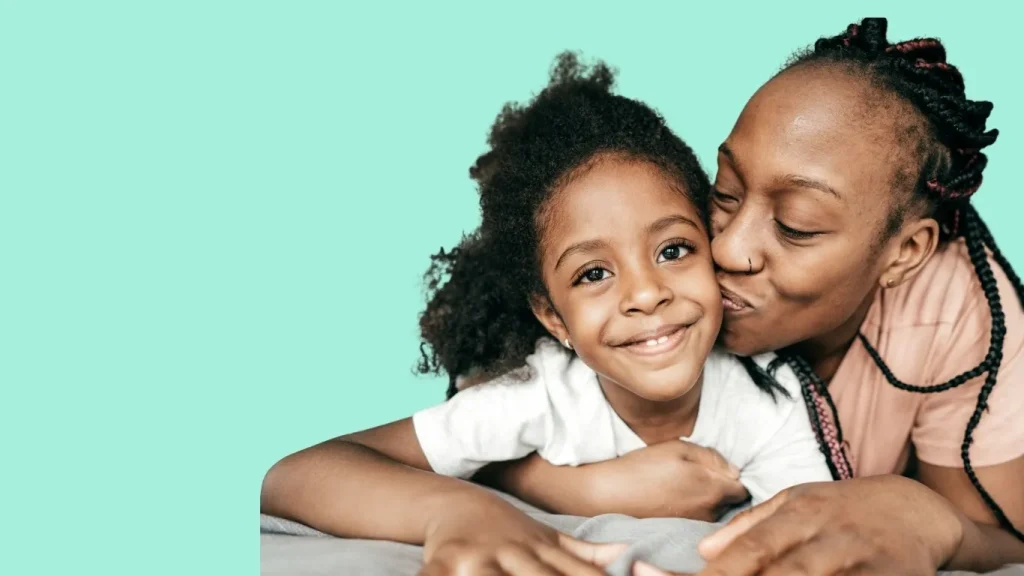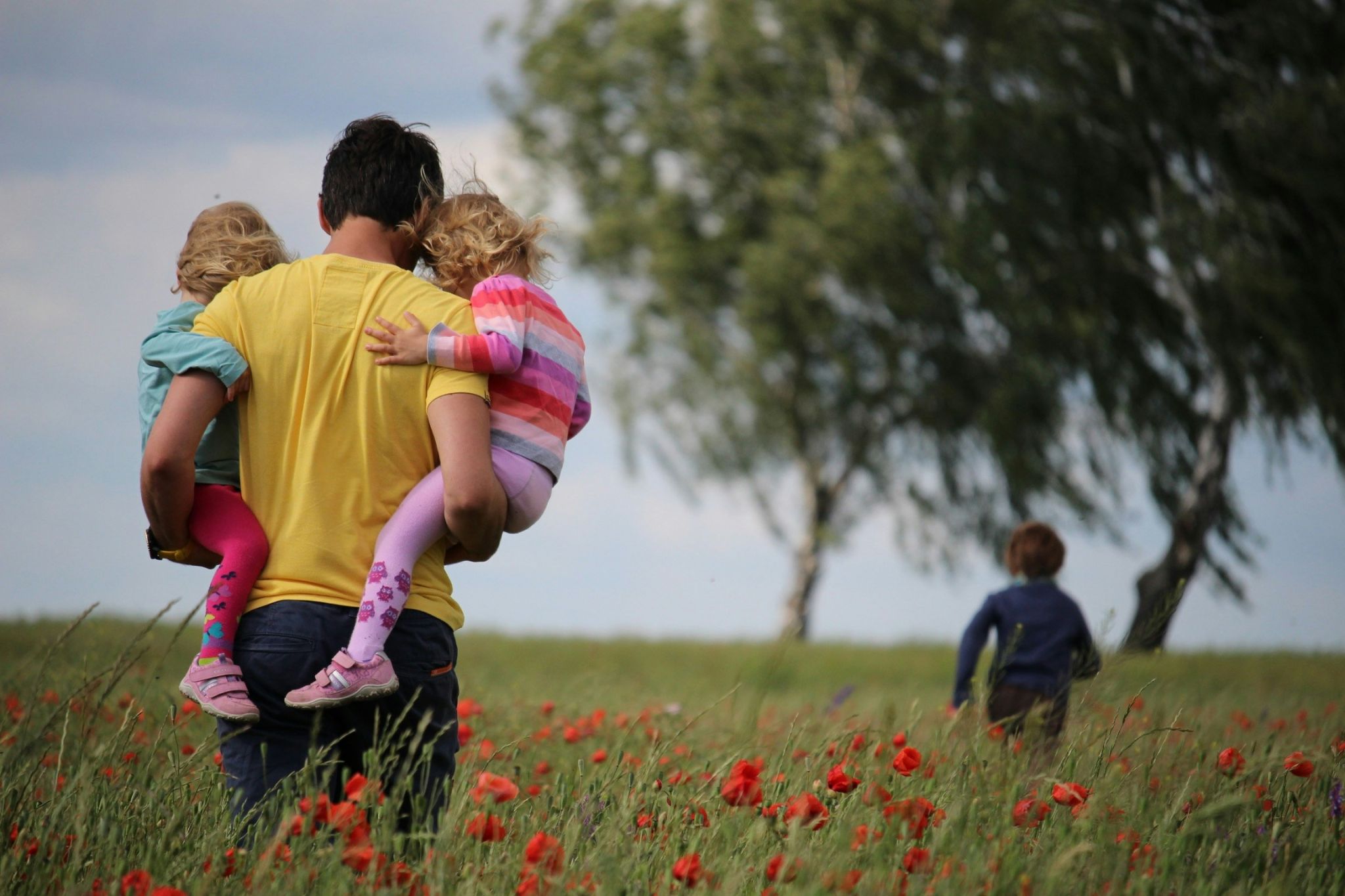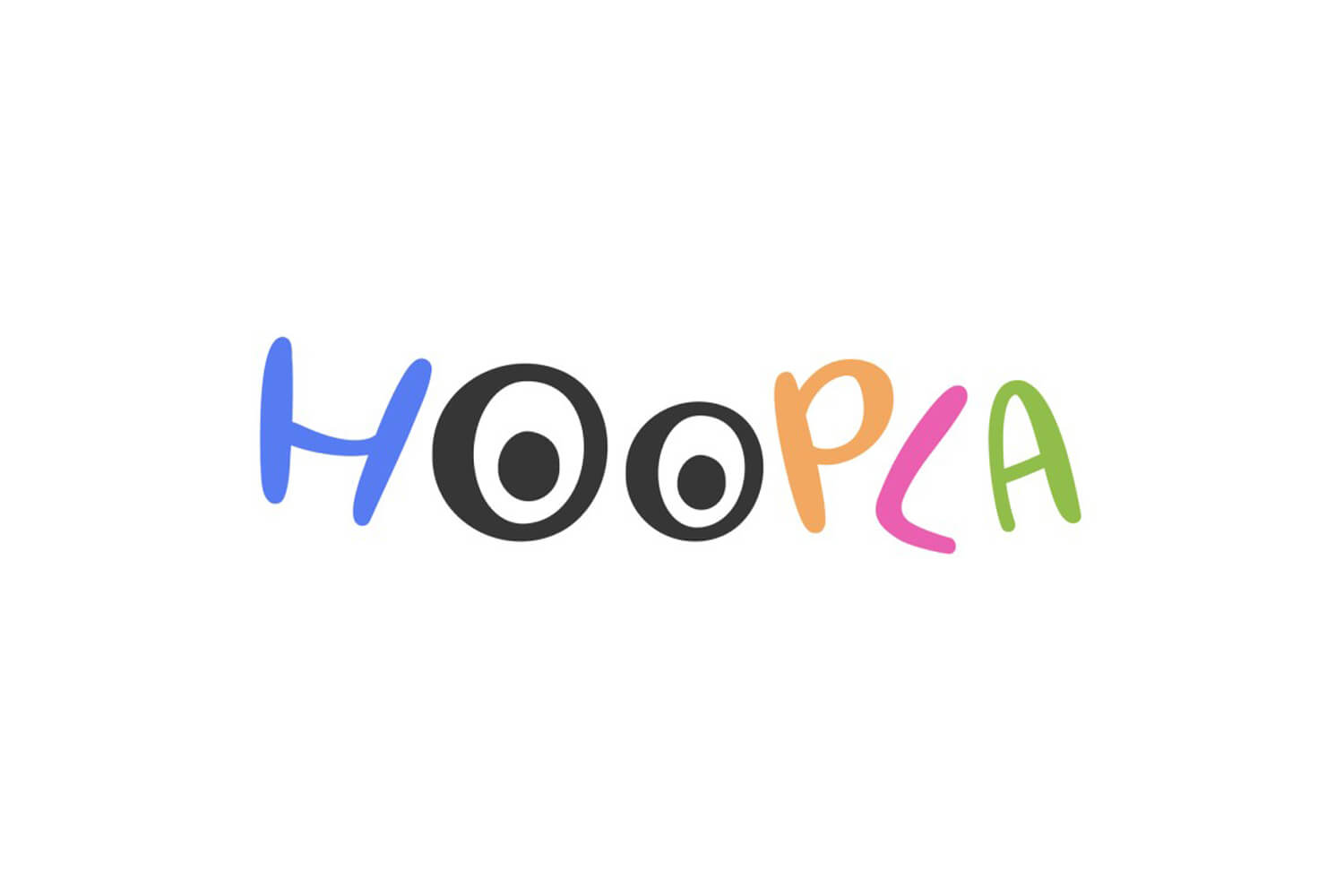The mental health app market continues to grow at an unprecedented rate. The current digital landscape offers a vast array of customized solutions for mental health and wellness support. With our fast-paced lifestyles, child and parent health apps have emerged as useful tools for promoting wellbeing and the development of healthier habits.

Hoopla is an innovative mobile application designed to support parent-child collaboration to reduce stress and teach emotional intelligence. It is “a parent-led app for children ages 3-8 that builds emotional skills in just 5 minutes a day”.
We recently had the chance to sit down with Jacqueline Perrottet, the brilliant mind behind Hoopla, to discuss the app’s features and how it’s making a difference.
Jacqueline Perrottet
Talk us through the content and tools available on the Hoopla app.
Hoopla provides in-the-moment calming tools, interactive storytelling and games, all designed to strengthen co-regulation between parents and children—so emotional learning happens together, not in isolation.
Key features include:
- Haptic Feedback for Emotion Regulation: Vibrations mimic sensory tools proven to calm the nervous system, guiding children through breathing and grounding exercises.
- Engaging, Age-Appropriate Content: Stories, songs and interactive games make emotional skills fun and easy to learn.
- Connection-Based Activities: Parents and kids participate together, reinforcing emotional regulation in real-life moments.
- Screen-Free and Active Play Options: Many activities begin on the app but continue through movement and real-world play.
What inspired you to create Hoopla?
As someone who struggled with anxiety, I wanted my children to have tools I never had and skills to understand and manage emotions early. But everything I found felt too clinical, too complicated, or like more work for already overwhelmed parents.
We prioritize nutrition, education and physical health—but what about emotional health? We’re not just raising 6-year-olds, we’re shaping the adults they’ll become. Will they have the resilience to navigate stress, failure and loss?
Hoopla makes mental wellness as natural as brushing your teeth—simple, interactive and built into daily life, so kids learn about emotions by experiencing and practicing emotional resilience every day.

What sets your app apart from other digital mental wellness tools (tailored for child and parent)?
Most mental wellness apps focus on individual use—Hoopla is designed for parents and children to use together. We help kids regulate emotions while guiding parents on how to co-regulate, strengthening emotional skills as a shared experience.
Hoopla stands out through:
- How We Teach: Play, movement and storytelling make emotional learning fun and engaging.
- How We Engage: Kids resist lessons that feel like work—so we turn them into games, songs and mini-adventures.
- How We Integrate: Parents want digital and non-digital tools. Hoopla bridges the gap between online activities and real-world play.
By blending micro-learning, haptic feedback and parent-child connection, Hoopla ensures emotional growth happens beyond the screen and integrates it into everyday life.
Can you give us a real life example of how the tool can support children’s emotion regulation and cultivate healthier habits?
Hoopla is both an in-the-moment support tool and a long-term habit builder.
- In the moment: Parents use Hoopla during real-life stressors—grocery store meltdowns, bedtime struggles, or travel anxiety. Haptic breathing exercises, movement activities and interactive stories help regulate emotions quickly and effectively.
- Daily habit-building: Beyond crisis moments, Hoopla helps families create small daily rituals that teach kids to recognize, express and regulate emotions naturally—not just calm down, but build lifelong emotional resilience.
Is there a way to measure your child’s progress and assess whether the activities are making a positive impact?
Instead of using heavy in-app data tracking—we focus on what parents actually see and experience. We believe the best progress isn’t measured in numbers, but it’s felt in the daily moments when a child reaches for a coping tool on their own, expresses an emotion they previously bottled up, or simply has an easier time transitioning through their day. Because our app is experienced together between the parent and the child the goal is for the parent to be able to recognize these changes firsthand.
That said, we are developing AI-powered tracking tools that will offer personalized suggestions and insights based on usage patterns. But ultimately, the best measure of success is in how these tools translate into real-life moments of emotional regulation and connection.
Hoopla isn’t designed for constant use—it’s designed to create lifelong emotional habits in small, meaningful moments.
Your website mentions collaborations with healthcare professionals and educators to develop the different activities. Is there evidence of specific benefits of the app from academic research or end-user feedback?
Yes. Hoopla is rooted in evidence-based practices, including:
- Cognitive Behavioral Therapy (CBT) – Proven to improve emotional regulation.
- Mindfulness & Breathwork – Reduces stress and improves focus.
- Haptic Therapy Research – Demonstrates how sensory input calms the nervous system.
User feedback shows 92% of parents report a positive shift in their child’s emotional regulation after using Hoopla at least four times per week. We work closely with child psychologists and educators and are planning long-term studies to track sustained impact.
What unique challenges did you face when designing a well being app for children?
One major challenge was screen-time skepticism. We launched alongside the growing movement questioning children’s screen use, sparked by The Anxious Generation by Jonathan Haidt. Parents were wary of digital tools—but we had to educate them on how Hoopla is different.
Unlike passive entertainment apps, Hoopla promotes connection and active play. Another challenge was ensuring emotional learning was engaging—so we designed playful, movement-based interactions that kids actually want to use.
Since Hoopla is designed for children aged 3-8, how do you ensure the activities are developmentally appropriate for such a wide age range, especially when dealing with complex emotions? Are there different activities for each age?
We follow the LEGO approach—same core building blocks, adapted for different ages.
- Ages 3-5: Sensory-based activities: breathing with vibrations, movement games, interactive storytelling.
- Ages 6-8: More reflective experiences: naming emotions, problem-solving and understanding social dynamics.
- Parental Guidance: Hoopla provides age-specific prompts so parents can adjust activities based on their child’s development.
Excessive screen time and social media has been associated with negative health outcomes, how does your wellness tool promote and ensure the right balance for a child’s developmental needs?
Hoopla was built without the addictive features common in children’s apps—no autoplay, no endless scrolling, no dopamine-triggering badges and rewards.
Instead, we focus on:
- Short, purposeful use: Quick, high-impact activities that encourage real-world connection.
- Multi-sensory engagement: Touch and sound-based exercises that guide movement, conversation and play.
The goal? Help families build emotional resilience in minutes a day—without excessive screen exposure.

Will the app be coming to Android/Google Play Store any time soon? Will you widen the age range or add more activities in later updates?
Yes—Android is in development and coming soon.
We also plan to expand for ages 9-12, introducing:
- Peer-to-peer connection activities
- Managing school stress and independence
- Building resilience in friendships
Additionally, we’re developing AI-driven tools and more non-digital options to ensure families can use Hoopla in ways that fit their lifestyle.
What about user retention? How do you approach this issue and what strategies have been most effective in keeping users engaged.
Retention is a challenge because we intentionally avoid streaks, autoplay and endless unlocking—but that’s the point. Instead, we focus on:
- Building a daily habit – Quick, impactful activities that seamlessly fit into a child’s routine.
- Parental buy-in – When parents see results, they keep coming back.
- Fresh, high-quality content – We prioritize engaging, research-backed experiences over passive screen time.




